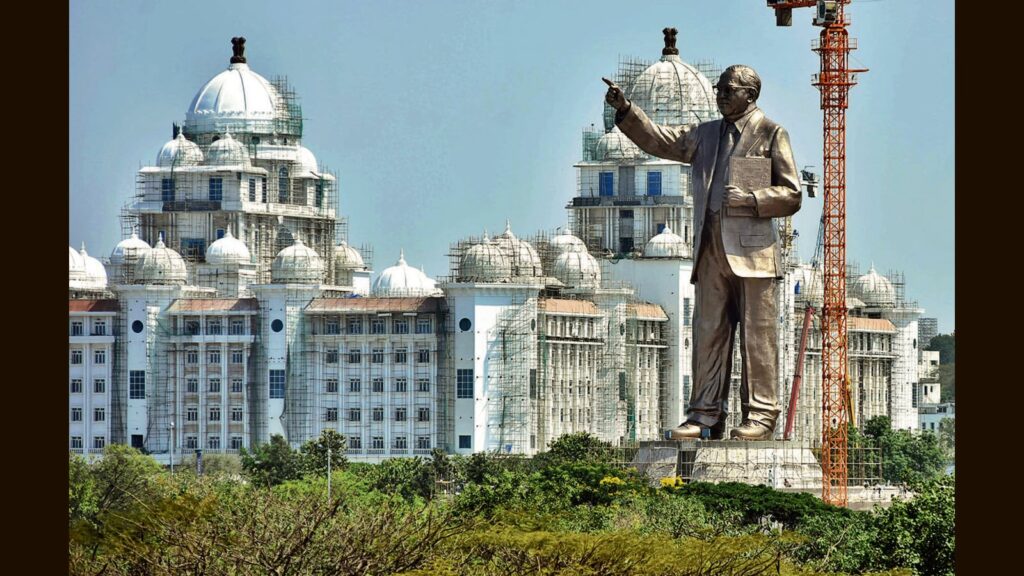In his last speech before the Constituent Assembly on November 25, 1949, BR Ambedkar sounded a warning to the incoming lawmakers of a still infant Republic. He reminded them that the topsoil of democracy in India rested on a bed of deep inequity and, therefore, political democracy would never be enough in the absence of social democracy — where people of various backgrounds, castes, classes and faiths could creditably aspire to the same opportunities without bias. The response of the framers was to erect a structure of affirmative action that, at the time, was among the most progressive in the world. Without such a State-backed guarantee of equality, the framers worried that there would not be enough glue to hold the idea of fraternity together in a society where the accident of birth could come to define the destiny of life.
The idea of affirmative action endured in independent India. The expansion happened at the state level first, with provinces such as Tamil Nadu bringing some dominant but backward communities under the umbrella, before a political and social churn in the 1980s heralded reservations for other backward classes. Over time, this sparked similar demands from dominant communities, such as Jats, Patels and Marathas. And, ahead of the 2019 elections, the inclusion of economically weaker sections — because this category explicitly bars groups that already enjoy reservation, this is a de-facto classification of upper-caste communities — means that a majority of the Indian society is now eligible for reservation. On top of this, political expediency has pushed the idea of reservation into newer directions, such as job quotas for local populations, never mind its harmful implications for the economy or federalism.
This is unsustainable. The idea of affirmative action has been twisted beyond its original remit and is now little more than a political tool to garner the votes of a particular community. More proof of this came this month. In poll-bound Karnataka, the ruling Bharatiya Janata Party (BJP) decided to hike the quota for politically influential groups and internally divide the entitlement for Dalit communities in an attempt to gain electoral mileage and drawing disapproval from the Supreme Court. In neighbouring Tamil Nadu, the state government — run by the Dravida Munnetra Kazhagam — is attempting to grant a 10.5% quota to Vanniyars despite the high court and the Supreme Court striking down a previous effort, albeit by the previous government.
This is not to argue that affirmative action is unimportant or that empowerment of marginalised castes should not be a governance goal. But the politicisation of affirmative action should pushthe nation’s policymakers to look at its original motivation, ensure that it is not becoming an eternal entitlement, and not being used as a political tool. Instead, attention should be paid to frequent complaints about underfunding schemes meant for the most underprivileged, poor implementation of affirmative action, and large-scale vacancies and discrepancies in the enforcement of quotas. Quotas should not be allowed to morph into a political dole to be given out by parties with little accountability or oversight.

